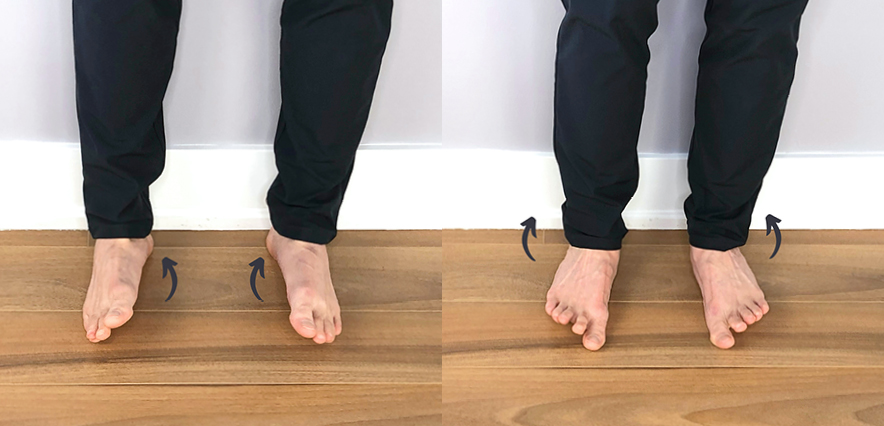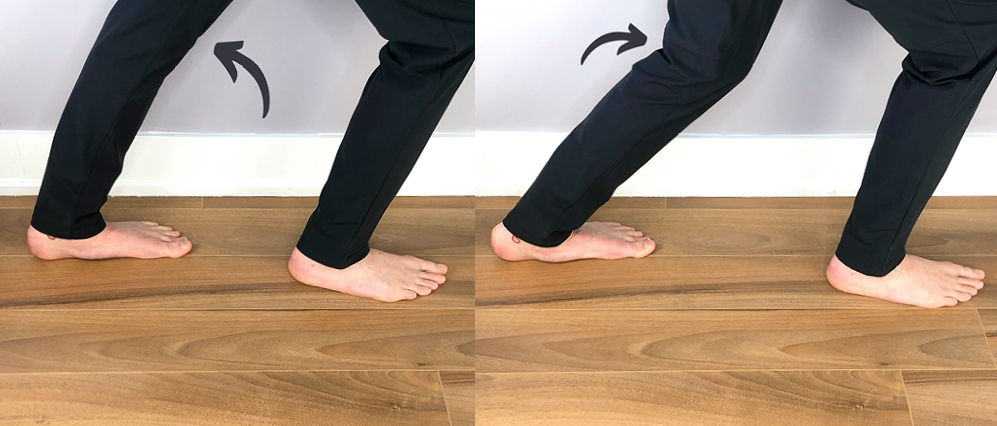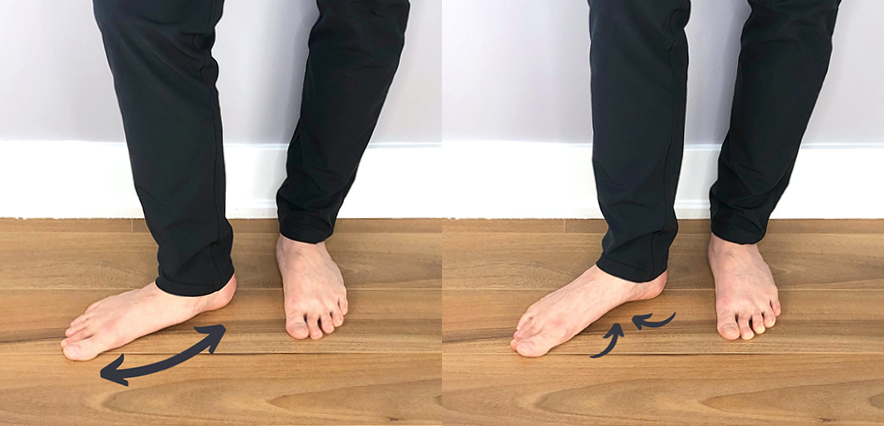
Whether you teach ballet, contemporary, tap or hip-hop, you and your students might be all too familiar with wearing a variety of dance shoes when it comes to training and performing. Which means that it’s especially important to train your students’ feet to adapt to these different movement styles.
Each dance shoe, whether it’s pointe or tap, comes with its own set of challenges and injuries that are associated with long-term use. By targeting what is called “pre-habilitation” (exercises to prevent injury), tailored for each specific dance shoe, your students will be able to focus more on their versatility and deal with fewer injuries.
Ballet Shoes
Ballet slippers are wonderful because they allow dancers a lot of freedom and movement, which is great for strengthening the muscles inside their feet and showing off their beautiful arches. However, this freedom provides little to no support above the foot, which leaves them susceptible to ankle sprains.
Our ankle joints are least stable in the pointed position, which forces us to rely on muscular stability (a position used so frequently in a rise, or relevé). In dancers especially, there is a strong relationship between ankle muscle overuse and risk of sprains. To strengthen those commonly overused muscles, here’s an exercise, called “sickle and wing,” that you can incorporate into your class.
Standing or sitting with your feet flat on the ground, slowly lift the inside edge of each foot as high as you can. Lower back down and then lift the outside edges of your feet. This movement might not be that big at first, but keep focusing on activating the muscles that achieve these motions while keeping the knees still.

Character Shoes
Another common shoe, seen on many Broadway stages (and also worn by the Rockettes), is the character heel. Character heels are great for elongating the leg line and adding a little overall height, but they can also pose a few challenges for your students’ muscles.
One such challenge is having the Achilles tendon in a prolonged shortened position, which could create even more problems for your dancers’ pliés. This could in turn restrict their other movements, such as in grand allégro work. To combat this issue, I suggest focusing on stretching the calf muscles.
There are two ways you can approach a calf stretch with your students. It’s important to note that the Achilles tendon connects to two muscles. One muscle attaches to above the knee joint and the other connects to below the joint. This means that you must get your students to stretch their calves with a straight back leg as well as a bent back leg. When stretching in a small lunge with the back leg straight (heel on the ground), you are focusing on your longer, more power-producing muscle. When you bend your back leg in the same stretch, you’ll feel this deeper in a muscle that’s more of a workhorse (the postural muscle). Make sure you are including both stretches (knee straight and knee bent) after wearing character heels, to reduce the limiting effects of shortened Achilles tendons.

Tap Shoes
Another shoe most commonly seen onstage and in the studio is a flat tap shoe. Generally speaking, tap shoes offer some great stability and don’t shorten the Achilles much. However, in order to produce intricate and dynamic sounds, tap dancers rely on the muscles inside of their feet (think of this as your foot’s core). These muscles not only support the feet as we tap, but strong intrinsic musculature in the foot can also help prevent other associated foot pain, such as plantar fasciitis!
Get your students to work out these intrinsic muscles by doing these short exercises. With your foot flat on the floor, lift the arch of your foot by drawing the ball of your foot a tiny bit closer to the heel, and then release. Repeat this “shortening” of the foot over and over before or after tap class for better foot articulation and control.

Sneakers and Street-Style Shoes
Whether worn onscreen, onstage or in class, sneakers and street-style shoes are used a lot in our personal as well as our professional lives. Although sneakers offer support and cushioning, I find that many dancers forget to warm up their ankles when wearing sneakers to dance because they already feel so comfortable in them.
However, you must always ensure that your dancers warm up before any physical activity to prepare themselves mentally and physically. If your students are wearing street shoes to dance, I suggest you add ankle circles (controlled articular rotations, or CARs) to your pre-performance warm-up. By adding this type of neuromuscular approach, you can help them improve their ankle function.
Here’s how: Slowly take your foot to the maximum end range you can actively achieve, while creating a circular motion with your foot. Repeat this 5 to 10 times clockwise and then the same counterclockwise. This is going to warm up the tissue, bring some body awareness to your ankles, and prepare you for more robust choreography.

By incorporating targeted exercises like these into your students’ warm-up and cooldown routines, you can help prevent many common ankle and foot conditions that are related to dance footwear and keep their feet happy and healthy.
For more information, check out madetomove.ca or email [email protected].





